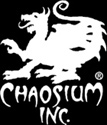
Chaosium Inc. is a publisher of tabletop role-playing games established by Greg Stafford in 1975. Chaosium's major titles include Call of Cthulhu, based on the horror fiction stories of H. P. Lovecraft, RuneQuest Glorantha, Pendragon, based on Thomas Mallory's Le Morte d'Arthur, and 7th Sea, "swashbuckling and sorcery" set in a fantasy 17th century Europe.

Glorantha is a fantasy world created by Greg Stafford. It was first introduced in the board game White Bear and Red Moon (1975) by Chaosium and then in a number of other board, roleplaying and computer games, including RuneQuest and HeroQuest, as well as several works of fiction and the computer strategy game King of Dragon Pass. The Gloranthan world is characterised by its complex use of mythology, heavily influenced by the universalist approaches of Joseph Campbell and Mircea Eliade, its sword and sorcery ethos, its long and distinctive history as a setting for role-playing games, its community development and expansion, and its relative lack of Tolkienesque influence, which is uncommon among early American fantasy role-playing games.

RuneQuest is a fantasy tabletop role-playing game originally designed by Steve Perrin, Ray Turney, Steve Henderson, and Warren James, and set in Greg Stafford's mythical world of Glorantha. It was first published in 1978 by The Chaosium. Beginning in 1984, publication passed between a number of companies, including Avalon Hill, Mongoose Publishing, and The Design Mechanism, before finally returning to Chaosium in 2016. RuneQuest is notable for its system, designed around percentile dice and an early implementation of skill rules, which became the basis for numerous other games. There have been several editions of the game.

Arduin is a fictional universe and fantasy role-playing system created in the mid-1970s by David A. Hargrave. It was the first published "cross-genre" fantasy RPG, with everything from interstellar wars to horror and historical drama, although it was based primarily in the medieval fantasy genre.
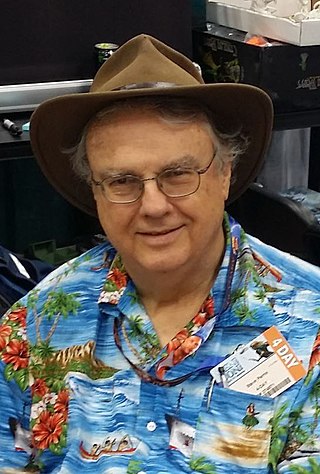
Stephen Herbert Perrin was an American game designer and technical writer/editor, best known for creating the tabletop role-playing game RuneQuest for Chaosium.

Francis Gregory Stafford, usually known as Greg Stafford, was an American game designer, publisher, and practitioner of shamanism.
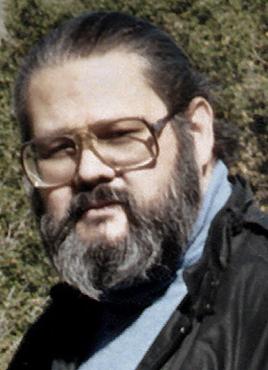
David Allen Hargrave, known as The Dream Weaver, was a prolific and sometimes controversial game designer and writer of fantasy and science fiction role-playing games (RPGs). Hargrave's most notable written works were based upon his own mythical world of Arduin.
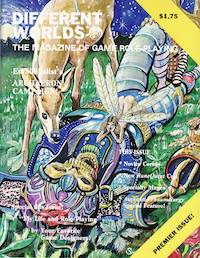
Different Worlds was an American role-playing games magazine published from 1979 to 1987.

13th Age is a d20 fantasy role-playing game designed by Rob Heinsoo and Jonathan Tweet, and published by Pelgrane Press. 13th Age has been well supported with over 25 supplements published since its 2013 release, the most recent in 2022.
Rick Meints is a game designer who has worked primarily on role-playing games.
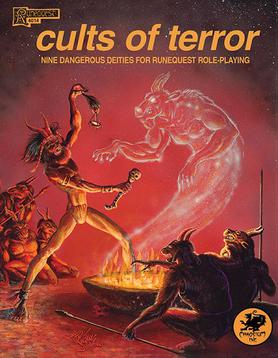
Cults of Terror is a tabletop role-playing game supplement for RuneQuest, originally published by Chaosium in 1981. The sourcebook details nine evil deities and the cults that worship them, for use in Greg Stafford's fantasy world of Glorantha.

Griffin Island is a boxed tabletop role-playing game supplement for RuneQuest. Originally published by Chaosium in 1981 as Griffin Mountain, a set of adventures set in the world of Glorantha, this edition was published in 1986 by The Avalon Hill Game Company as part of its third edition RuneQuest rules set. It was written by Rudy Kraft, Jennell Jaquays, Greg Stafford, and Sandy Petersen. Griffin Island contained role-playing material to help gamemasters design adventures in the setting. It received positive reviews in game periodicals including Casus Belli, White Dwarf, Dragon, Space Gamer/Fantasy Gamer, The Games Machine, and Games International.
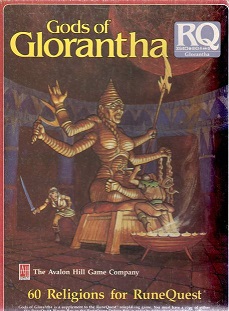
Gods of Glorantha, subtitled "60 Religions for RuneQuest", is a boxed supplement published under license by Avalon Hill in 1985 for Chaosium's fantasy role-playing game RuneQuest. The fifth of their boxed supplements for RuneQuest, it provides information and game rules related to sixty fictional cults, and was the first to feature the world of Glorantha instead of the default setting of "Dark Ages of fantasy Europe". The supplement was designed by Chaosium staff writers Sandy Petersen, Greg Stafford, Steve Perrin and Charlie Krank. It received positive reviews in game periodicals including Casus Belli, Different Worlds, Dragon, and The Games Machine.
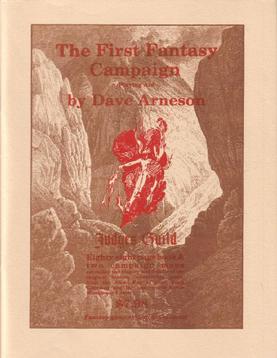
The First Fantasy Campaign is a supplement for fantasy role-playing games written by Dave Arneson and published by Judges Guild in 1977.

Legions of the Petal Throne is a set of combat rules for large-scale wargaming published by TSR in 1977. The rules' setting is based on TSR's role-playing game Empire of the Petal Throne.

Questworld is a boxed supplement published by Chaosium in 1982 for the fantasy tabletop role-playing game RuneQuest.

Pavis: Threshold to Danger is a boxed tabletop role-playing game supplement for RuneQuest, originally published by Chaosium in 1983. This boxed set detailed the fictional city of New Pavis for use in role-playing adventures. It received positive reviews in game periodicals including White Dwarf, Dragon, Different Worlds, and Fantasy Gamer. The set was republished in 1999 by Moon Design Publications in a single volume with Big Rubble: The Deadly City as Gloranthan Classics Volume I – Pavis & Big Rubble. The 1983 edition was republished in 2019 in PDF format as part of Chaosium's RuneQuest: Classic Edition Kickstarter.

RuneQuest Companion is a tabletop role-playing game supplement for RuneQuest. Originally published by Chaosium in 1983, it consisted of reprints of Wyrm's Footnotes magazine articles as well as new material to expand the game rules and setting. It received positive reviews in game periodicals including Dragon, White Dwarf, Fantasy Gamer, and Different Worlds. It was republished in 2019 in PDF format as part of Chaosium's RuneQuest: Classic Edition Kickstarter.
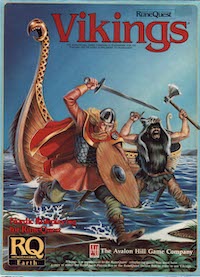
Vikings, Nordic Roleplaying for RuneQuest is a boxed tabletop role playing game supplement, written by Greg Stafford and Sandy Petersen, with a cover by Steve Purcell. Published under license by Avalon Hill in 1985 for Chaosium's fantasy role-playing game RuneQuest.
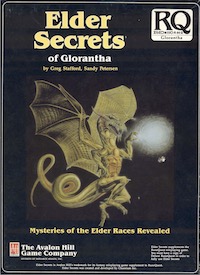
Elder Secrets of Glorantha is a 1989 role-playing game supplement for RuneQuest published by Avalon Hill.




















